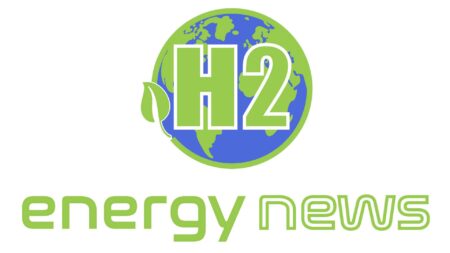Based on the revised spatial planning plan (ROP), calculations suggest that more than 60 GW of installable offshore capacity is achievable if all available options are employed.
Browsing: Germany
During the energy transition, green hydrogen produced from renewable sources will become an important energy carrier.
It’s part of the Federal Ministry of Research’s “TransHyDE” lead hydrogen project, which is assisting Germany’s transition to a hydrogen economy.
Four European gas companies want to jointly build a so-called “hydrogen corridor” from Ukraine to Germany and other Central European countries. The technical feasibility study of the project is not expected until the end of 2022.
According to a first interim report to be accepted this Wednesday by the Federal Cabinet, the strategy has been actively pursued, and major foundations for industrial investments and research projects have been laid.
This method of obtaining hydrogen can also be utilized to store any excess green electricity generated.
The results are already available in the scenario framework 2022-2032 draft document. FNB Gas has begun to display graphical depictions of reported hydrogen injections and withdrawals.
The funding comes from the “Concerted Action Mobility” future fund and is aimed at promoting the transformation of the automotive sector, particularly the supplier industry.
The term “gray hydrogen” refers to hydrogen derived from natural gas. CO 2 is produced throughout the manufacturing process.
The so-called ITZ Nord is part of the German government’s “National Hydrogen Strategy” for 2020, and it will create a new “German Center for Future Mobility” network.



